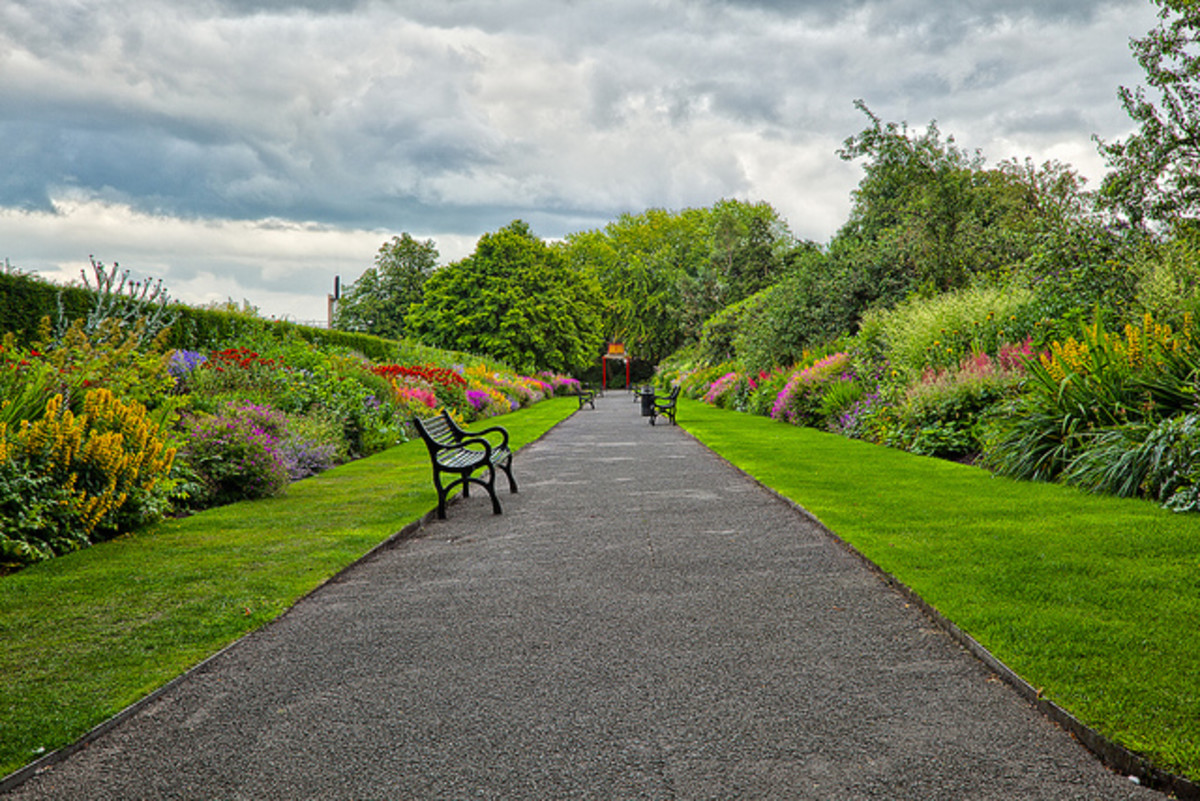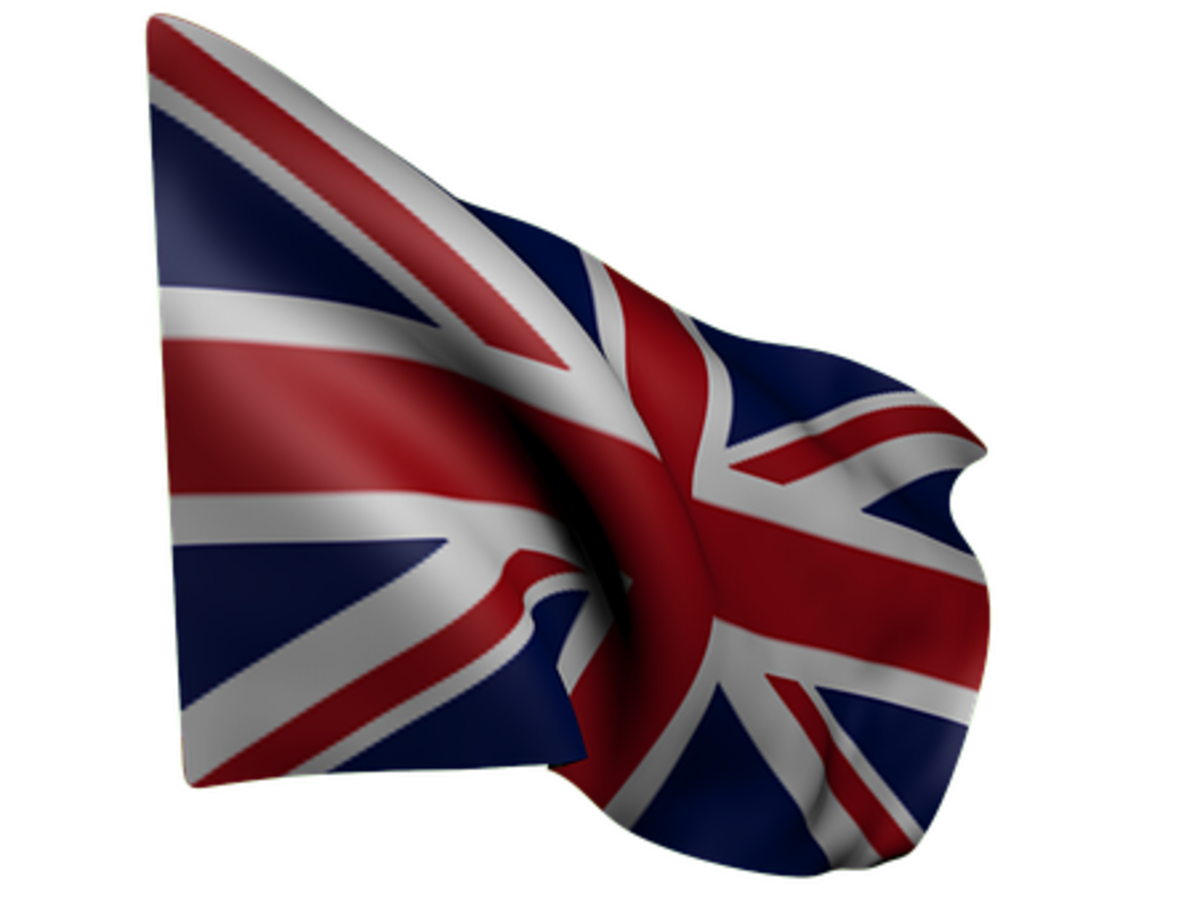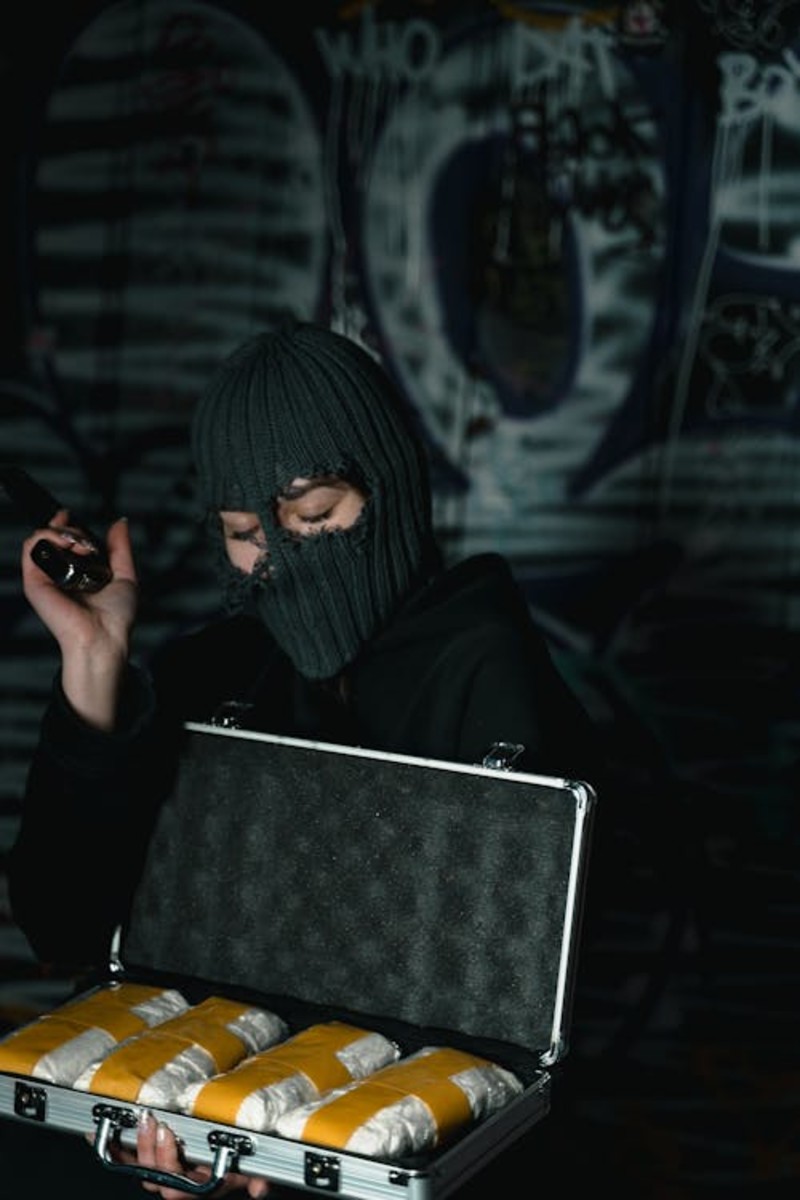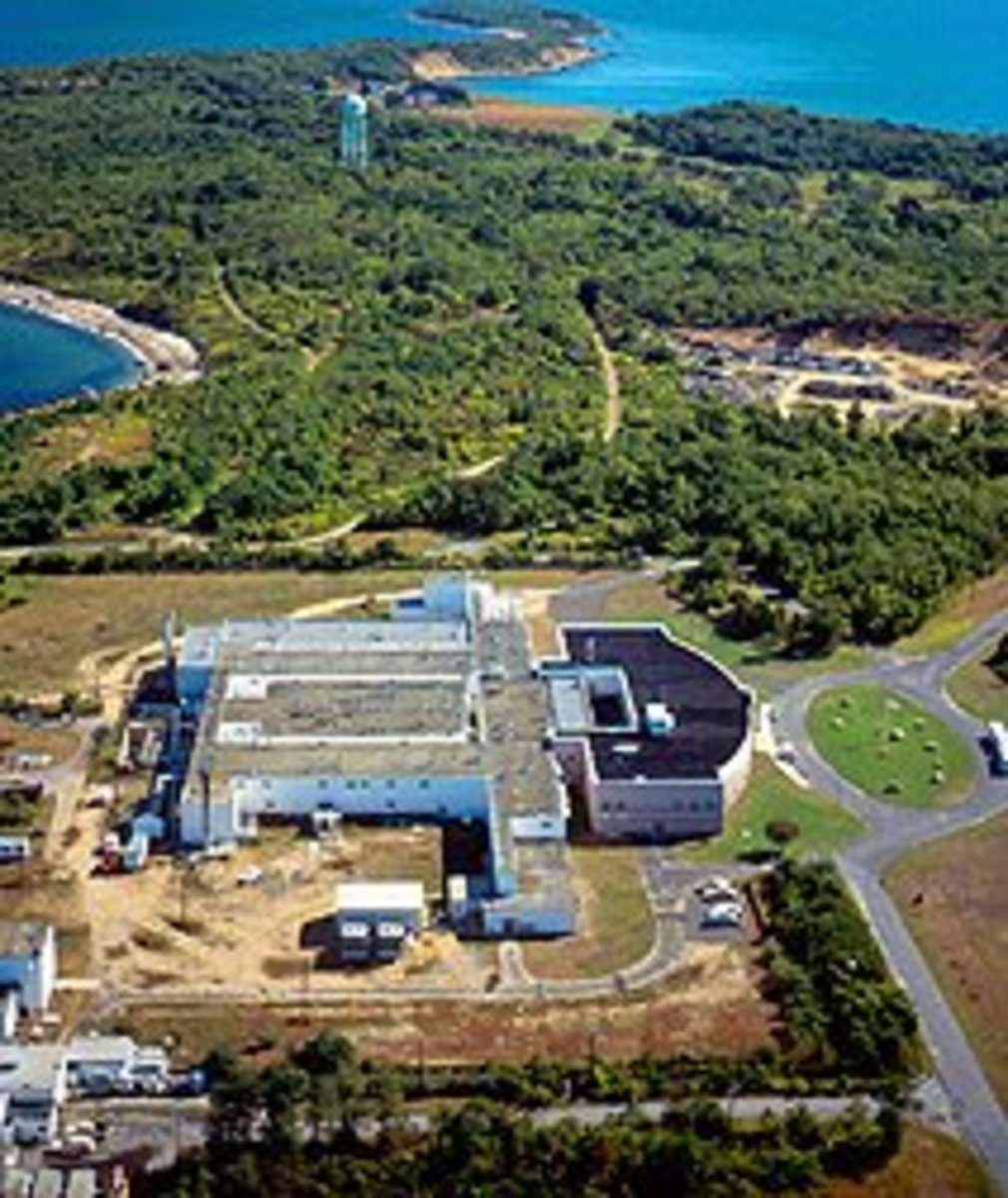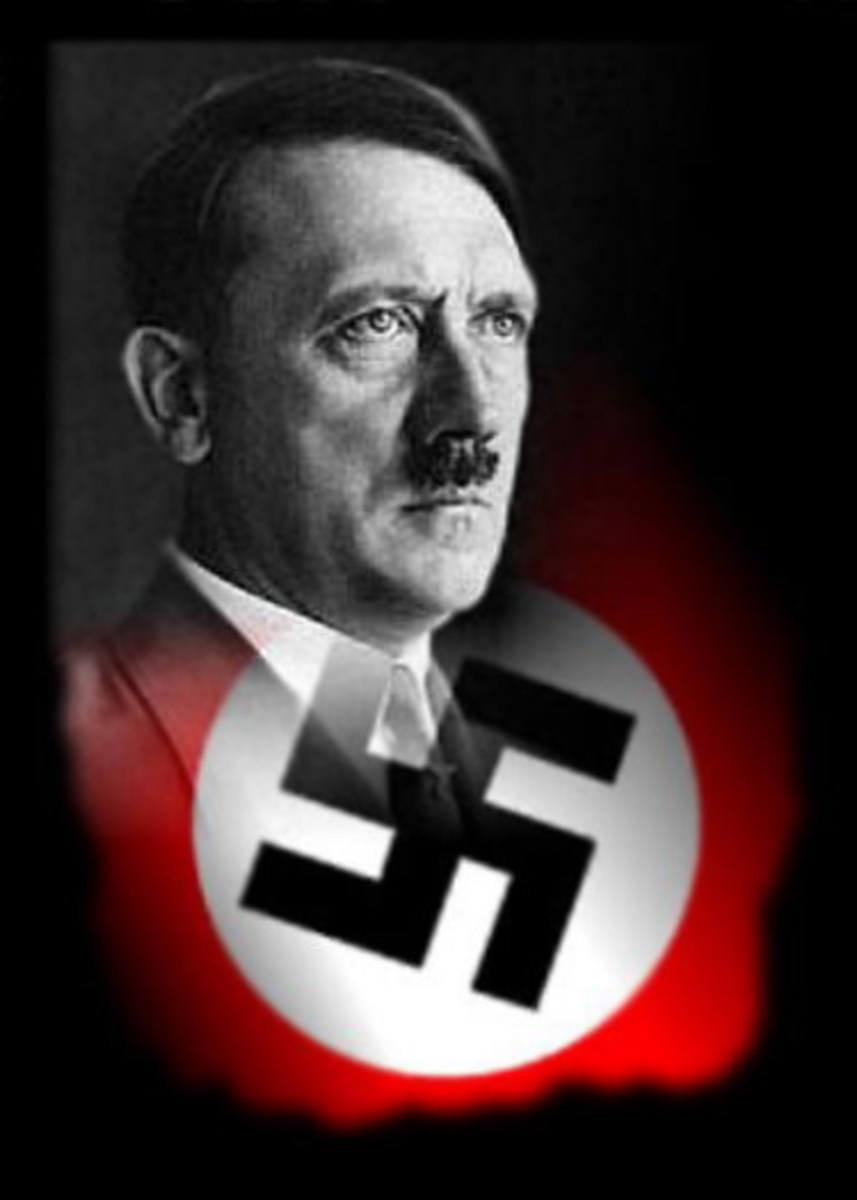Irish Republican Army
Political Wall Murals In Belfast
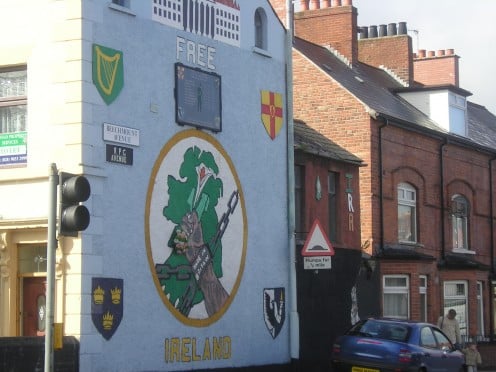
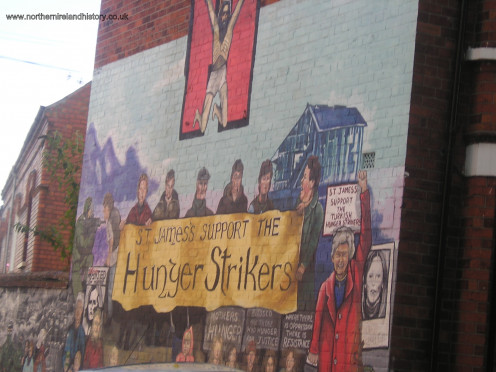
Irish Republican Army - An Introduction
The question has been argued for years as to whether the Irish Republican Army (IRA) are a bunch of terrorists, or freedom fighters. I tend to always base my views on history rather than on emotional responses, and by doing so, come up with an objective view on the subject.
Many people may disagree with my own thoughts and they are of course my own opinion. Having lived in N.Ireland since 1958, and grown up with the poorly named "Troubles," I can at least offer an informed opinion.
Terrorist or Freedom Fighters?
For many people today their only knowledge of the Irish Republican Army is what they saw on their television screens for about thirty years. Bombs exploding, shootings, punishment beatings and a host of atrocities done in the name of Irish freedom. It is hard for anyone to deny that this type of behaviour, irrespective of the cause, is anything short of a terror campaign.
The word terror means, "an instance or cause of intense fear or anxiety".
For people who lived through thirty years of bombs and killings I think I can say with confidence, that those people lived in terror.
The words Freedom fighter mean "a fighter for freedom, esp. a person who battles against established forces of tyranny and dictatorship".
Those who were in the IRA and those who supported them could easily justify their position so there begins the argument. The IRA have always argued that they want a United Ireland and that the British have occupied their country for too many years and have imposed their will on the Irish people for too many years.
And so the debate begins, is the Irish Republican Army an organisation of terror or an army of freedom fighters?
Irish Republican Army - Early History
The first thing to note is that the IRA that exists today is known better as the Provisional Irish Republican Army (PIRA) and formed in the early days of the Northern Ireland Troubles, when younger Catholics took over what was a fairly stagnant Official IRA. The Official IRA were known back then as the "Stickies" and the newer IRA as the "Provos".
History of the IRA
The actual first mention of the IRA happened in America around 1860 and was used by the Irish Republican Brotherhood (IRB). These soldiers wore IRA insignia fought at the Battle of Ridgeway in 1866. The Fenians were led by a General John O'Neil and fought against the British who were in Canada and had claimed that as part of the British Empire. This would not be the normal sense in which people would view the IRA organisation today. It truly came into being as we would recognise it today after the Easter Rising took place in Ireland in 1916.
Back then Irish nationalists wanted to be able to run their own country and wanted Britain out of it completely. They demanded Home Rule whereas the Unionists living in Ireland wished to stay part of Britain and so an inevitable conflict took place. Around 1914, the British government were prepared to concede Home Rule and when this happened both nationalists and unionists formed military wings namely, the Irish Volunteers and the Ulster Volunteer Force. An Act was passed to introduce Home Rule and so in effect allow Ireland to govern itself as a regional government. It got postponed when the First World War broke out and that became more important than the internal disputes at that time. This is probably a little difficult to understand and needs to be placed in the fuller context of Irish History.
There was a split in the Irish Volunteers as John Redmond the parliamentary leader accepted the British promises of Home Rule, and about 20,000 of the Volunteers fought for the British Army against Germany. However 12,000 Volunteers, led by Eoin MacNeill and heavily influenced by the IRB refused to join the British war effort and kept the name Irish Volunteers.
MacNeill didn't realise that the IRB were going to use the distraction of Britain being at war, as an opportunity to strike for Irish Independence. Another organisation called the Irish Citizen army and led by James Connolly joined forces with the IRB and still Eoin MacNeill knew nothing of their planned rising. The Rising went ahead on 24th April 1916, and when MacNeill discovered this he ordered that it be stopped, realising that his men would easily be out numbered. That meant less than 2,000 Volunteers out of 12,000- 15,000 took part in "The Easter Rising". A week later it was all over though the IRB did read a proclamation of a free Ireland from the steps of the GPO in Dublin.
It was during the Rising that the Volunteers began to refer to themselves as the Irish Republican Army. So that is where the IRA originated from and although they declared an Irish Republic and raised a Green flag, the actual rising was unpopular at the time. Over 200,000 Irishmen were serving on the British side and in addition to that the public blamed the rebels for the death and destruction caused in the fighting. The main death toll consisted of around 500 civilians who had no part in the rising. After the Rising, the people of Dublin City actually threw stones at the rebels as they were marched towards the transport ships and taken to Wales
This opinion changed quickly and dramatically when the British executed the ring leaders of the insurrection. This opinion then deepened when Britain tried to enforce conscription on the people of Ireland. Sinn Fein were given credit for starting the Easter Rising and Eamon De Valera infiltrated and took over Sinn Fein and pledged the party to follow the campaign of seeking an Irish Republic. Sinn Fein won the 1918 general election and then withdrew from Parliament and declared an Irish Republic.
The Irish Volunteers, who had their ranks swollen to over 100,000 men because of the conscription crisis, re-organised as the army of this Republic and became known as the Irish Republican Army.
The IRA After The Rising
In 1917 it is estimated that 162 companies of volunteers were active in Ireland. Eamond De Valera was elected president and a national executive was also elected.Michael Collins was elected to Head of Operations of the IRA. The self declared government of Ireland did worry that they would not be able to control the IRA and so conflict began using guerrilla warfare in what became known as the "Flying Columns" of the IRA. They attacked the Royal Irish Constabulary in remote areas mainly.
The president of the Dail wished to take control of the IRA and proposed that the IRA should take an oath of allegiance to the Dail. This was agreed in 1920. A power struggle continued between Brugha and Collins. Brugha was the Minister for Defence, but Michael Collins' power came from his position as Director of Organisation of the IRA and he was a member of the Supreme Council of the IRB. De Valera also resented Collins' clear power and influence.
Brugha at one stage proposed the assassination of the entire British cabinet. The IRA was commanded by Collins, with a man called Richard Mulcahy as his second in command. The IRA fought a guerrilla war against the Crown forces in Ireland from 1919 to July 1921.
The British deployed paramilitary forces, such as the Black and Tans into Ireland to combat this threat. Ambushes of British military continued and the IRA also lost many of its fighting forces. In Belfast the war was of a different nature. Northern Ireland had a Protestant and Unionist majority and IRA actions were responded to with reprisals against the Catholic population. The IRA in Belfast saw their main objective as protecting the Catholic community from both loyalists and British state forces.
The IRA was coming under pressure as more British troops started to build and the IRA also struggled to find weapons. They did manage to get some weapons from America but many of these were captured before they got into the hands of the IRA. At this time the IRA, according to Collins was within weeks, possibly even days, of collapse. 5,000 IRA volunteers were imprisoned or interned and over 500 had been killed and weapons were running low.
The war ended suddenly in 1921. The IRA did not in any sense defeat the British military in Ireland, but they did make Ireland ungovernable. The main cause for concern for Britain was that this war was costing them a fortune. LLoyd George who had called the IRA a murder gang in the past, found himself under pressure to resolve the situation and a truce was agreed. The IRA retained its arms and the British Army would remain in their barracks for the duration of peace negotiations. The IRA interpreted the truce only as a temporary break in fighting, and continued to recruit and train volunteers.
The discussions got underway and the biggest area of contention for the IRA was the abolition of the Irish Republic which would be replaced by an Irish Free state as a dominion of the British Commonwealth, similar to the status of Canada. This issue split the IRA and resulted in a Civil War. In 1920 Ireland was partitioned and Northern Ireland was created and Southern Ireland was created. Northern Ireland was given the option to withdraw from this new state which they did and became part of the United Kingdom.
Michael Collins started a guerrilla campaign against the Northern state using the IRA. He sent IRA units to the border areas and sent arms to northern units. The future of Northern Ireland was not the cause of the Irish Civil War. It was only afterwards, when partition was confirmed that the case for a United Ireland became the preserve of anti-Treaty Republicans.
Collins had negotiated the treaty but many of the rank and file members were against the Treaty. The IRA reacted by stating that the no longer recognised the authority of the present head of the army. The pro-treaty IRA soon became the nucleus of the new Irish National Army created by Collins and Richard Mulcahy.
Pressure from the British and the in fighting of the IRA led to another bloody civil war, which ended in the defeat of the anti-Treaty faction.
Irish Republican Army Video - 1956
After The Treaty until now
The IRA became increasingly influenced by left-wing ideas, and many republicans argued that they had lost the civil war because they had not understood the social unrest in the country and had lacked any political, social or economic programme. They did intervene in a number of strikes during this period, and campaigned against the payment of land annuities to the British government. Many leaders of the IRA at that time were also members of the communist party.
In 1936-37, a number of IRA men joined the Socialist International Brigades to fight for the Spanish Republic in the Spanish Civil War. In 1932 Fianna Faille under De Valera formed its first government and in 1935, the IRA was banned as an organisation. De Valera pursued a strict ant-IRA policy and it wasn't until 1939 that the IRA declared war against Britain, and the campaign began. In 1939 and close to Christmas day, the IRA almost the entire reserve ammunition store of the Irish Army from a fort in Phoenix Park in Dublin. The Irish government brought in internment and a Military tribunal where execution was an option.
By 1941, the IRA had less than 1,000 members, and many of those were in jail. Their political masters had left in the 1930s and had been replaced politically by De Valera's party Fianna Fail.
The IRA once again tried to avail of the Second World War to make another attack on Britain and went to Germany to garner support. Under Operation Dove an invasion plan for Northern Ireland had been sent to German Intelligence in 1940. It was discovered by the Irish authorities one month after its creation.
In 1942, the IRA launched a campaign in Northern Ireland. The IRA was greatly weakened by the actions of both governments on both sides of the border and many IRS members were interned both north and south of the border. Some were also executed for what were classed as criminal offences including the murder of a policeman.
The IRA went about rebuilding its organisation in the 1950s under the leadership of Tony Magan. They planned a "Border Campaign" in the late 1950s and involved attacks on security installations and bombings. Again internment was introduced in Northern Ireland and then in the Republic of Ireland and that did break the IRA morale. The campaign grew to a slow halt in 1962 and lacked a great deal of support.
During the 1960s the IRA was once again heavily influenced by left wing thinking and in this was a rejection of anything that could be viewed as sectarian. This caused a split in those who thought like that and the original Republican cause of a United Ireland, and thus was born the Provisional IRA. They embarked on a thirty year war against the British presence in Northern Ireland, which Most of us will be familiar with.
In 1997 the IRA announced a ceasefire which ended the campaigns and in 2005 it formally announced the end of its campaign and decommissioned its weapons.
I have lived through the thirty years of The Troubles in Northern Ireland and watched the damage caused by the many paramilitary organisations. Terrorist or Freedom Fighters, I think that question will be debated for many years to come.
Irish Republican Army
The IRA 2011-2015
The Provisional IRA remain on ceasefire and have decommissioned their weapons and for them the war in Ireland is over. However break away groups termed as "dissidents" are still continuing bombing campaigns be it on a much smaller scale. They have been involved in some fatal shootings and in attempted bombings so the violence threat in Northern Ireland has not completely been removed.
The number of these incidents are small and according to all the new's reports they garner very little support in the Nationalist communities. The Northern Ireland Assembly is still working away and incidents are condemned by all parties represented there including Sinn Fein.
Support for the ongoing activities of these groups is small. It does however still exist and these groups do still pose a threat to the everyday life of the people living in Northern Ireland.
Irish History
- Irish History
This will give you a concise history of Ireland - Northern Ireland History: irish republican army
Detailed history of the IRA both in Northern Ireland and its history in Ireland from the beginning of the organisation.


